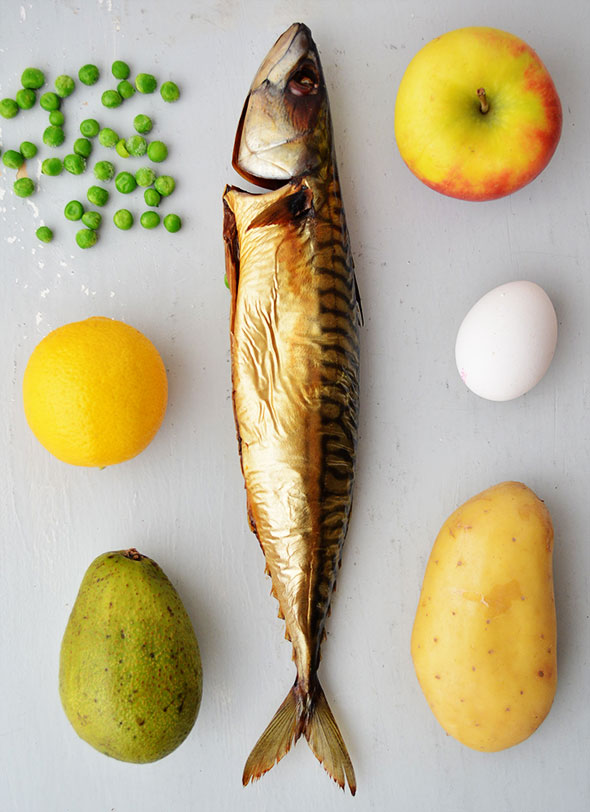
They're easy to make, affordable, and tasty. They're great food for parties and tailgating, and they go great with an ice cold beer. And don't worry, they're ridiculously easy to make at home. Even us Buffalo people do it on a pretty regular basis. We've learned a thing or two about the trade secrets of this do-it-yourself regional favorite, so if you're thinking about whipping up a batch of Buffalo wings for your party, don't make these common mistakes. Getting it right means starting out right: when the wings come out of the package.
There are a few schools of thought on how the wings should be cut, but traditionally, you're going to want to cut the wing into three pieces: the drumette, the wing, and the tip. No self-respecting Buffalonian would use the tip. That's put aside (you can use them for stock later), and that leaves you with the drum and the flat wing.
Why are the tips separated, They're definitely edible, and some people swear by how amazing they are. But they're crunchy bits of cartilage, and they're completely different from what most people are expecting when they bite into a wing. But … but … of course Buffalo wings should be breaded!
No. No, they shouldn't. You can bread them, and you can come up with a perfectly acceptable wing. But if wings were just perfectly acceptable, Buffalo wings wouldn't have become the juggernaut of American cuisine they are. There's a reason they're known nationwide. They're amazing because they're all chicken, and that crispy, crunchy bite is all from the skin.
So save yourself a step, skip the breading and battering, and cook your wings like a Buffalonian does. So you aren't breading your wings, but you still need to get that crunch. You do that in one way: frying. Everyone is trying to be a little bit more healthy these days or knows someone who is. But trying to go healthy on Buffalo wings is a huge mistake. You can bake them, sure, but you're going to end up with a wing that's just … baked chicken.
For a proper Buffalo wing, it needs to have crunch. You should hear it as you bite into it. You might want to plan a bit in advance for this one. It's fine to throw your raw wings in the fryer (or frying pan) and let them do their thing, but if you want to get the maximum crunch, you're going to double fry them.
The trade secret is to fry your wings at a relatively low temperature (around 250 degrees), and then let them cool. That's going to make your wings everything you want on the inside: moist and tender. Then raise the temperature of your oil to around 400 degrees and throw in the cooked, cooled wings for a few more minutes to finish them off.
That's going to make the skin crispy and crunchy, filled with little bubbles that take your wings to the next level. You'll feel bad for even considering covering all that delicious skin in batter. Head to Buffalo — or Buffalo Wild Wings — today, and you'll find so many different choices for how you'd like your wings finished off it's overwhelming. But, if you want to go totally traditional (and win the respect of any Buffalonian), going overboard with a stout-and-coconut-sesame-seed wing sauce (or anything else) is a huge mistake. In this case, simple is better.
Tags:
How Make Food
